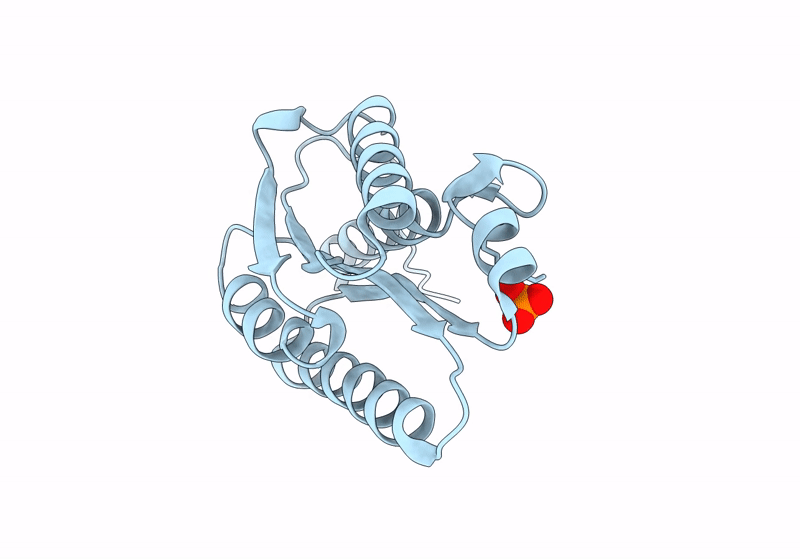
Deposition Date
2024-03-24
Release Date
2024-04-10
Last Version Date
2024-09-11
Entry Detail
PDB ID:
8YT4
Keywords:
Title:
Structure of Aquifex aeolicus Lumazine Synthase by Cryo-Electron Microscopy to 1.42 Angstrom Resolution
Biological Source:
Source Organism:
Aquifex aeolicus (Taxon ID: 63363)
Host Organism:
Method Details:
Experimental Method:
Resolution:
1.42 Å
Aggregation State:
PARTICLE
Reconstruction Method:
SINGLE PARTICLE


